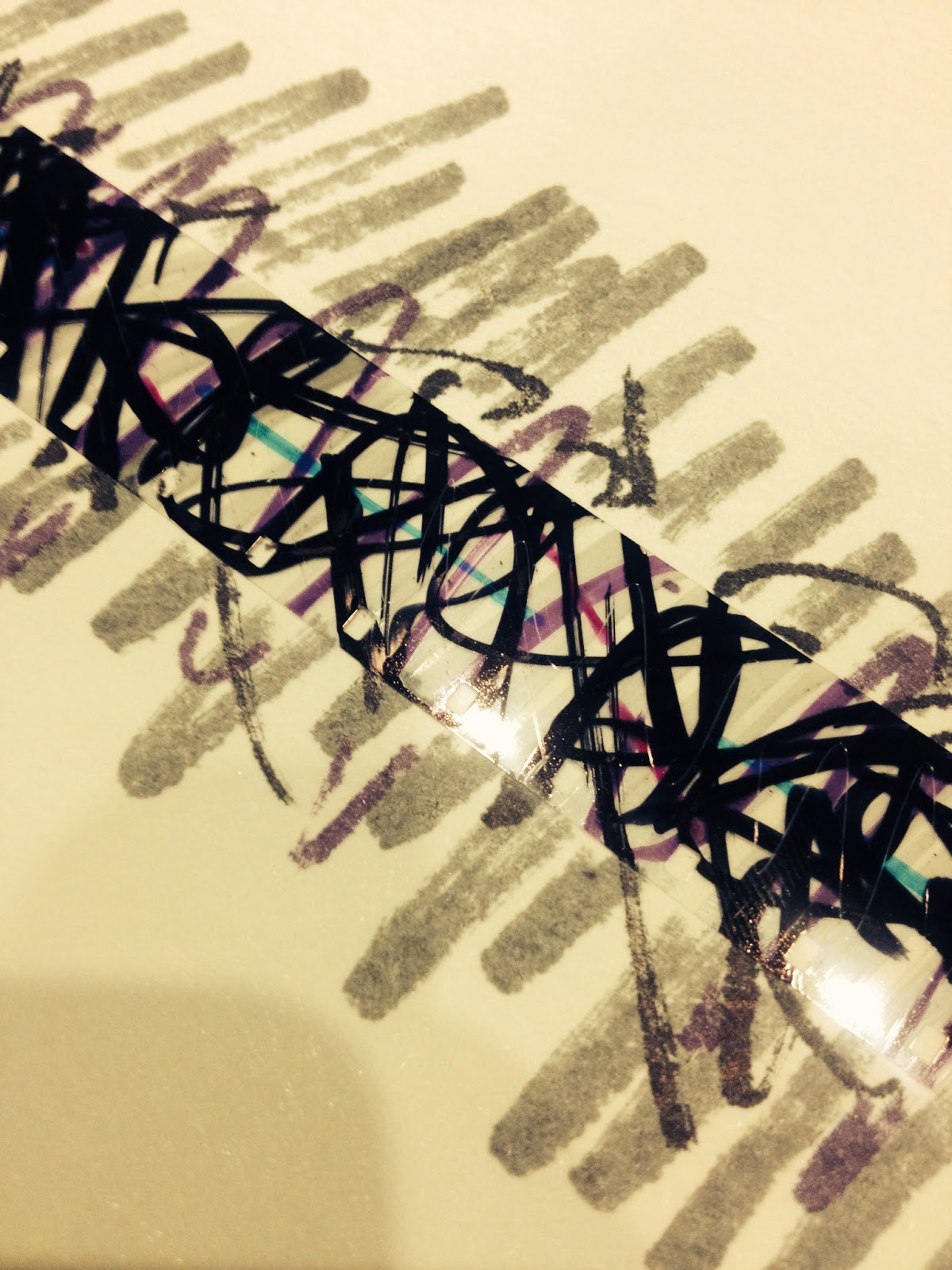This afternoon the group were given the task to create a selection of photography images expiring the technique of painting with light.
After the group session the photos were sadly lost.
However, last year I completed the UAL Diploma in Photography as a night course where were experimented with this technique so I am able to show past work I have produced.
For the first image I experimented with the a static light and a moving model to create an abstract laying effect that gave the image a eerie, sinister aesthetic.
In the second image I have use a traditional technique where the light source moves rather the the model. However I used a additional light source to cast a shadow on the face to add to the atheistic.
In the second image I have use a traditional technique where the light source moves rather the the model. However I used a additional light source to cast a shadow on the face to add to the atheistic.





















































